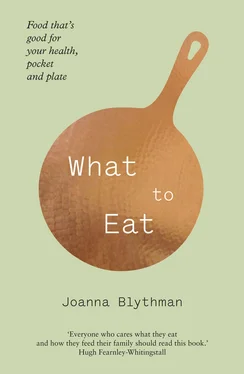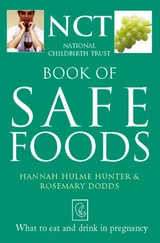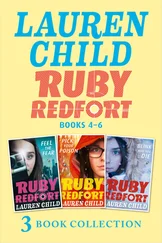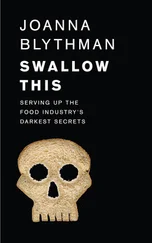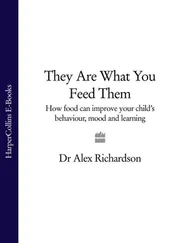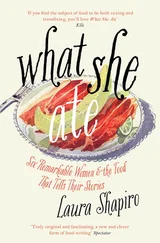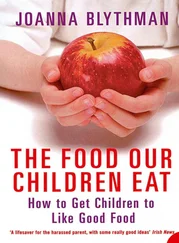It’s wearing having to worry constantly about the bottom line, but when money is tight there’s no need to abandon your ethical and progressive instincts and buy the cheapest (and potentially nastiest) food on offer, or fill up on stodge. Instead, look on rising prices as an opportunity to hone your ‘domestic economy’ skills – yet still eat well – by employing these strategies:
Waste nothing – use up every last bit of food you buy
Cut out waste by shopping as frequently as possible, and try to buy only what you need for the next couple of days. Never bin food that could have a further use. For instance, sour milk makes great pancakes and scones, old bread gets a new lease of life when made into breadcrumbs, salads and puddings. Eggs that are past their ‘use by’ date can be safely eaten in recipes where they will be well cooked, such as a cake or fritatta. Don’t throw away fat from meat or poultry roasts – use it for frying. Make old fruit into crumbles and compotes and tired vegetables into soups and purées. Save the leathery ends of Parmesan wedges to flavour soups and sauces.
Be super-suspicious of supermarket promotional offers
Three-for-two deals, buy-one-get-one-free, multisavers and more of that ilk need to be treated with deep scepticism. Their whole purpose is to get you to buy more food than you might otherwise do. With non-perishable foods, they might possibly represent a chance to stock up on products that you’ll get through in the fullness of time, although, if you’re controlling your weekly budget carefully, it might be better to buy only what you need, as and when you need it, rather than stockpiling potentially useful foods. But apparently good deals on fresh food rarely save you money. They not only coax more money than you had intended out of your pocket, they also encourage you to overbuy. Chances are that some of what you pick up will be wasted because it was more than you really needed. A promotional deal isn’t a bargain if it ends up in the bin.
Check out cheaper sources for foods you buy regularly
If you tend to shop for food on auto-pilot in the same place, compare prices in other outlets once in a while. For example, fruit and vegetables generally cost much less in greengrocers and markets than in supermarkets; certain products, like Parmesan, are often significantly cheaper in foreign discount chains; spices are much better value in Asian shops; nuts often cost less when bought in larger quantities in Chinese supermarkets; organic vegetables and eggs from a farmers’ market or box scheme may well be cheaper than the equivalent in supermarkets.
Stick with meat from free-range animals rather than switching to factory-farmed, but consider reducing the quantity you eat
In a typical stew or curry recipe, for instance, cut the quantity of meat specified by a half to a third, and make up the difference with vegetables or pulses. Bone up on how to cook cheaper, but delicious, cuts of meat such as beef shin, pork cheeks, neck of lamb and duck legs and make a little go a long way. Choose cuts of meat with some bone and fat. They may not look as neat and tidy, but they often have more flavour and richness than so-called ‘prime’ cuts, and cost much less.
Go for cheaper, less well-known types of fish
Forget the pricy premier league species like cod, tuna and halibut and concentrate on second division species like megrim, rockfish, coley, herring and mackerel. They taste good but sell for less largely because people are less familiar with them.
Cook more food from scratch and keep processed convenience foods to the bare minimum
Unless you’re prepared to live on bargain-basement, poor value, low grade processed food, then buying convenience foods, like ready meals, is an extremely expensive, not to mention unsatisfactory, way to eat. By doing most of your own cooking you will not only improve the flavour and freshness of what you eat, but also save a mint. Ready-prepared foods constitute rotten value for money. Most of what you’re paying for is packaging and marketing.
Take lunch to work
Buying your lunch from takeaways eats into your finances in an insidious way. A drink, a sandwich and a sweet bite easily clocks up £5 a day, usually for something that’s deeply inferior to what you’d make at home. For the price of a floppy sarnie filled with rubbery cheese, you could make an infinitely superior home-made one, using decent bread and your pick of the country’s finest artisan cheese. If it’s the planning that defeats you, just scale up what you cook the night before to make sure that there’s enough left for lunch the next day. Last night’s leftovers, however random and variable, often taste even better at lunchtime.
Drink tap water
Bottled water costs anything from 500–900 per cent more than tap. Quench your thirst with this and it’s as much of a drain on your financial resources as paying up a car loan, or signing up for a private club. Give up that pricy habit and you’ll feel flush in no time. If you don’t like the taste of tap water, drink it with ice and lemon, leave it to sit in the fridge so that the chlorine evaporates, use a jug filter, or make a one-off investment in a plumbed-in water filter.
Grow any food you can and make the most of cheap, seasonal, UK-grown produce
Even if it’s just a snipping of herbs from a pot on the window sill, or some cut-and-come-again salads grown in a container on the balcony, a bit of home-grown food can not only transform your meals, it can also save you a surprising amount of money. Buy fresh, UK-grown fruits and vegetables at the height of their season when they are cheapest, and at their nutritional peak.
Forage enthusiastically whenever you get the chance
Both in rural and urban settings, there is a free larder of interesting foods at your disposal. Sniff out wild garlic leaves in city parks in spring, pick blackberries from roadside thickets in late summer, and scour the woods for wild mushrooms in autumn. Get your revenge on the ground elder in your garden by eating it.
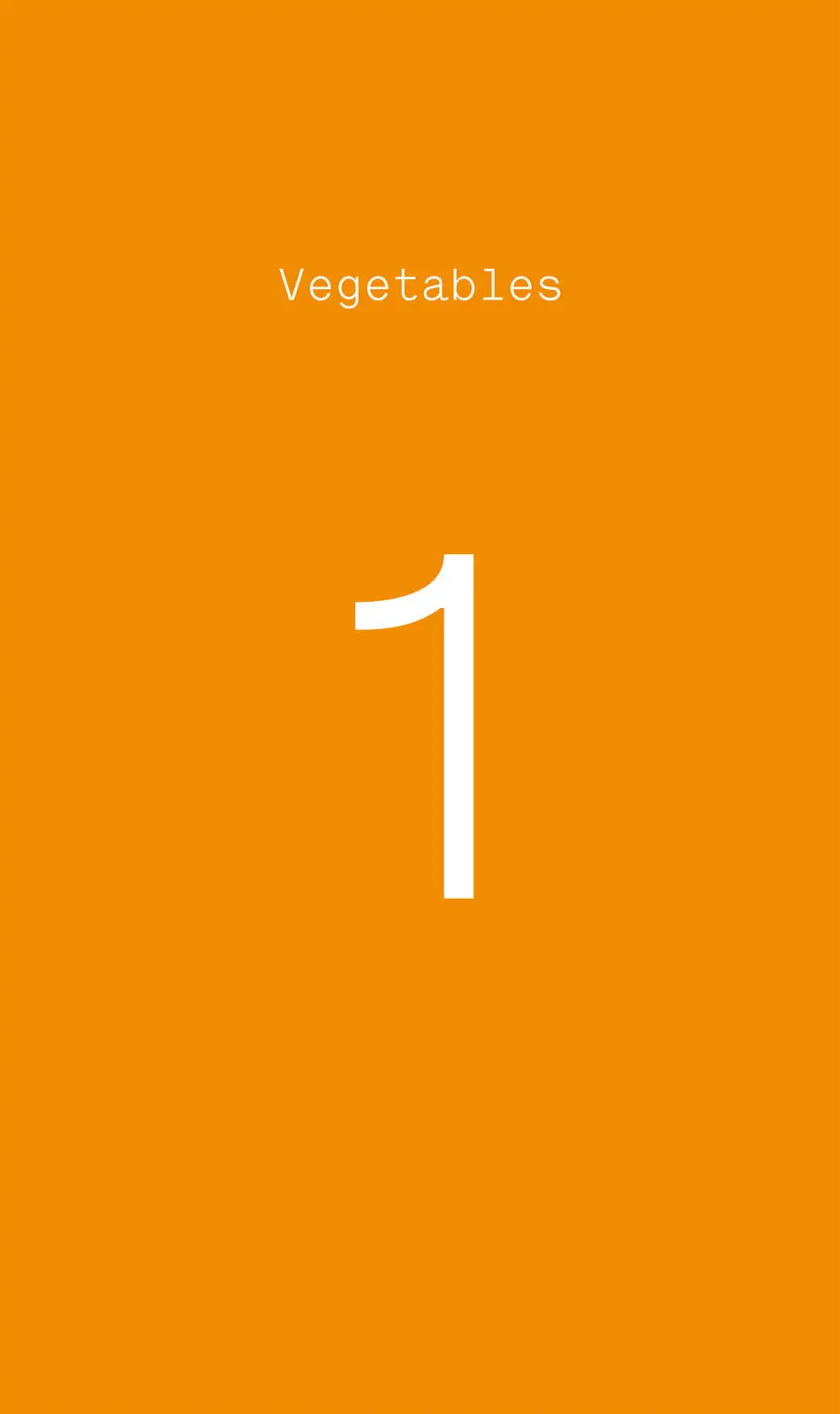
Asparagus
If ever there was a vegetable made for indulgence, it’s asparagus. It has the thrill of luxury – no other vegetable has that Cadillac alley, platinum status. There’s no need to get too fancy with asparagus or dream up inventive ways to cook it when the old favourites have such perennial charm.
Some European countries, such as France and Germany, favour blanched white asparagus with its characteristic violet shading and yellow tips, which is grown by mounding up earth around the emerging spears to protect them from light. This type of asparagus has a taste not unlike that of salsify. The British, in company with the Spanish, prefer their asparagus green and grown in full light that gives it a flavour rather like peas. Purple and red asparagus are also popular with keen gardeners. They tend to turn green when cooked, so are better used ultra-tender and fresh, thinly sliced in salads. All shades of asparagus taste special in their own way.
Asparagus ranges in size from the young, slender ‘sprue’ to the thicker ‘kitchen’ and jumbo grades that have a more developed flavour.
Asparagus is one of those vegetables, like corn on the cob, that deteriorates rapidly after cutting. The older asparagus is, the more it dries out and develops a bitter, tinny taste. Wizened, greying lower stalks of asparagus are a dead give-away. Tender fresh asparagus should have tight, firm tips and the stalk, when pressed lightly with your nail, should still feel moist and sappy within. If you put pressure on a spear it should ‘snap’ and look moist inside. It should never be pliable and woody. Fresh-cut British asparagus easily upstages the imported stuff that has come to us over long distances by road and sea or air. This is partly because it is fresher: from a taste point of view, jet-lagged imports from thousands of miles away just can’t compare. But there is also a school of thought that because it grows more slowly in our cooler climate, it develops a fuller flavour.
Читать дальше
